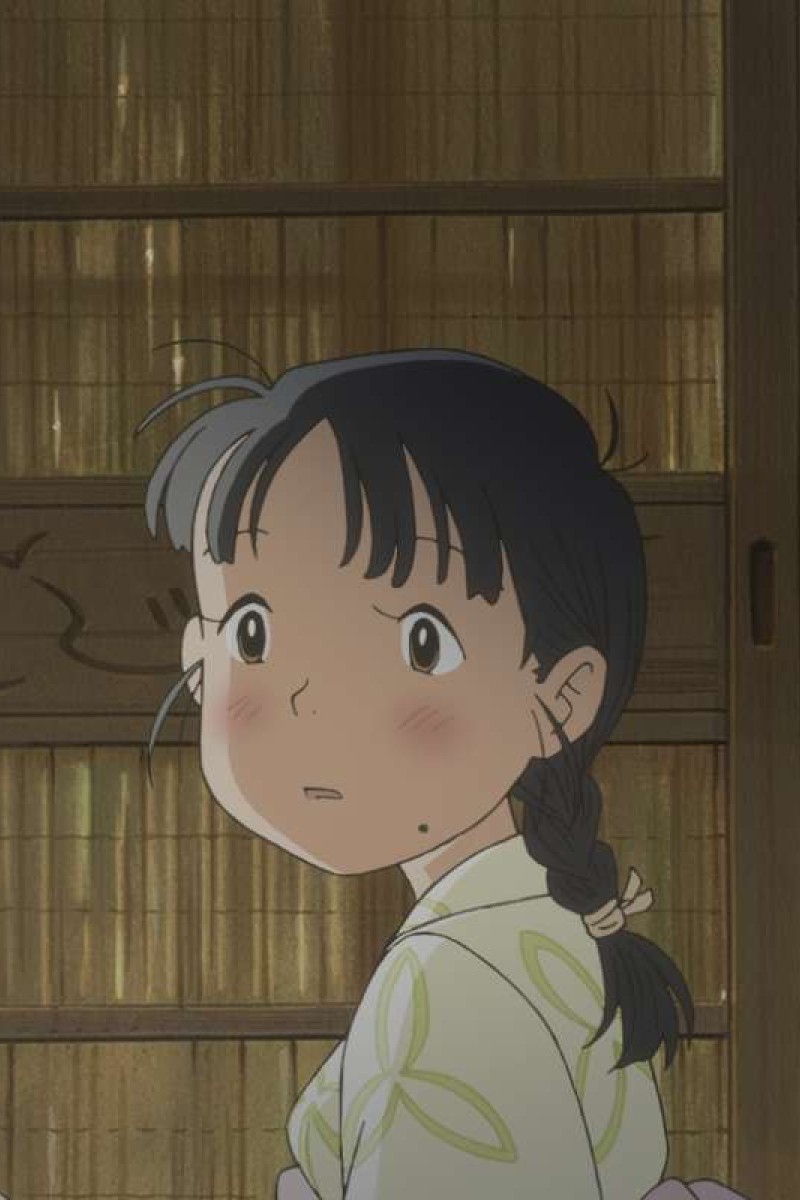
There’s simply not enough story to tell in In This Corner of The World [Review]
The Sunao Katabuchi-directed Japanese animation tells the story of a woman’s life outside of the infamous atomic attack in Hiroshima during the Second world war

Set in the Japanese cities of Hiroshima and Kure during the Second world war, In This Corner of The World follows the life of Suzu, a young Japanese woman.
The movie opens with a festive song playing at Christmas, before focusing on Suzu, a dreamer with a passion for drawing. When a man called Shusaku turns up proposing marriage to her, she accepts, and the couple move to Kure. There, they live in relative bliss until the effects of the war begin to reach them in the city.
The director Sunao Katabuchi’s decision to kick off the film with a Christmas song is strange, as Japan was very insular and well-known for its Buddhist faith. There’s an odd moment in the middle of the film when Suzu seems to “wake up” in Hiroshima and tells her family about a dream in which she’d married a man and moved to Kure. Her family tell her to stop dreaming. This scene doesn’t get explained, so we’re left wondering if Suzu isn’t in fact dreaming all of this after all.
Back in Kure, the threat of war looms ever larger, and Shusaku’s family build an air-raid shelter to protect themselves. One day Suzu takes her niece, Harumi, with her to hospital to visit Suzu’s father-in-law. Whilst there, Harumi is killed during a US fire-bombing attack, and Suzu is permanently injured. When all hope seems lost, and Suzu nearly succumbs to her own grief and despair, she is saved by the love of her husband and the love that she discovers that she has for him in return.
Although a moving tale, the story is too simple for its 128 minutes runtime. Outside of the major events that occur, there is simply not a lot to say about Suzu’s life, and the audience will find it hard to emotionally connect with her, or care about what happens to her at all.
Edited by Ginny Wong